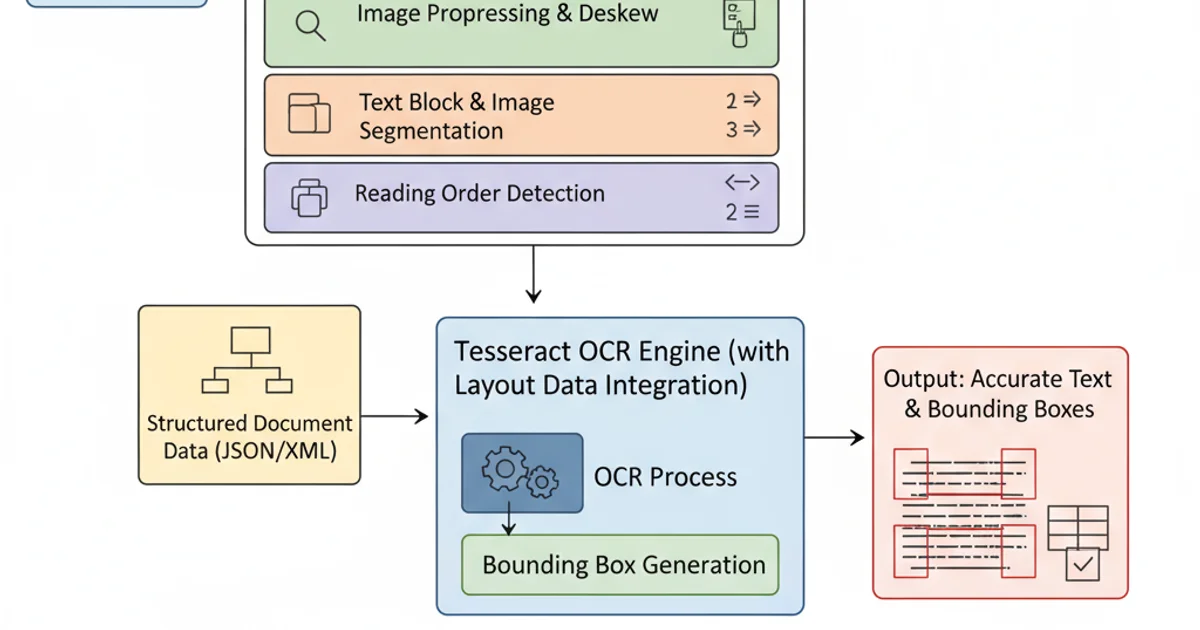service to clear clipboard in android to prevent copy paste
Categories:
Securing Android Clipboards: Preventing Unwanted Copy-Paste

Learn how to programmatically clear the Android clipboard to protect sensitive user data and enhance application security.
The Android clipboard is a convenient feature, but it can also be a security vulnerability. When users copy sensitive information like passwords, credit card numbers, or personal data, that information remains on the clipboard until overwritten or cleared. Malicious applications or even accidental pastes into unintended fields can expose this data. This article explores how to programmatically clear the Android clipboard, offering practical solutions to enhance user privacy and application security.
Understanding the Android Clipboard Service
Android provides a system-level ClipboardManager service to handle copy and paste operations. This service allows applications to place data onto the clipboard and retrieve data from it. To interact with the clipboard, you need to obtain an instance of ClipboardManager and then use its methods to manipulate clipboard content. The core concept involves replacing the current clipboard content with empty or null data.
flowchart TD
A[User Copies Sensitive Data] --> B{Data on Clipboard}
B --> C[Application Detects Sensitive Operation]
C --> D{Clear Clipboard Action Triggered}
D --> E[ClipboardManager.setPrimaryClip(emptyClip)]
E --> F[Clipboard Cleared]
F --> G[Sensitive Data Removed from Clipboard]Flowchart of clearing sensitive data from the Android clipboard.
Implementing Clipboard Clearing
Clearing the clipboard involves creating an empty ClipData object and setting it as the primary clip. This effectively overwrites any existing content with nothing. It's crucial to perform this operation at appropriate times, such as after a sensitive field is used, when an activity pauses, or when the application goes into the background.
import android.content.ClipData;
import android.content.ClipboardManager;
import android.content.Context;
public class ClipboardUtil {
public static void clearClipboard(Context context) {
ClipboardManager clipboard = (ClipboardManager) context.getSystemService(Context.CLIPBOARD_SERVICE);
if (clipboard != null) {
// Create an empty ClipData object
ClipData emptyClip = ClipData.newPlainText("", "");
clipboard.setPrimaryClip(emptyClip);
// For older APIs, you might also consider setting null
// clipboard.setText(null); // Deprecated in API 11, but works on older versions
}
}
// Example usage in an Activity or Fragment
public void onSensitiveOperationComplete(Context context) {
// ... perform sensitive operation ...
clearClipboard(context);
}
}
Java code to clear the Android clipboard using ClipboardManager.
Activity's onPause() or onStop() lifecycle methods, especially if your app handles highly sensitive data. This ensures the clipboard is cleared when the user navigates away from your app.Best Practices and Considerations
While clearing the clipboard enhances security, it's important to implement it thoughtfully to avoid disrupting the user experience. Always inform users if you are clearing their clipboard, especially if it's an automatic action. Also, be mindful of the Android version your app targets, as ClipboardManager behavior can have minor differences across API levels.

Recommended points in an application workflow to clear the clipboard for security.
1. Obtain ClipboardManager
Get an instance of ClipboardManager using context.getSystemService(Context.CLIPBOARD_SERVICE).
2. Create Empty ClipData
Instantiate an empty ClipData object using ClipData.newPlainText("", ""). The first argument is a label (can be empty), and the second is the actual text content (empty string).
3. Set Primary Clip
Call clipboard.setPrimaryClip(emptyClip) to replace the current clipboard content with the empty ClipData.
4. Integrate into Lifecycle
Place the clearClipboard call in relevant lifecycle methods (e.g., onPause(), onStop()) or after specific sensitive user actions.